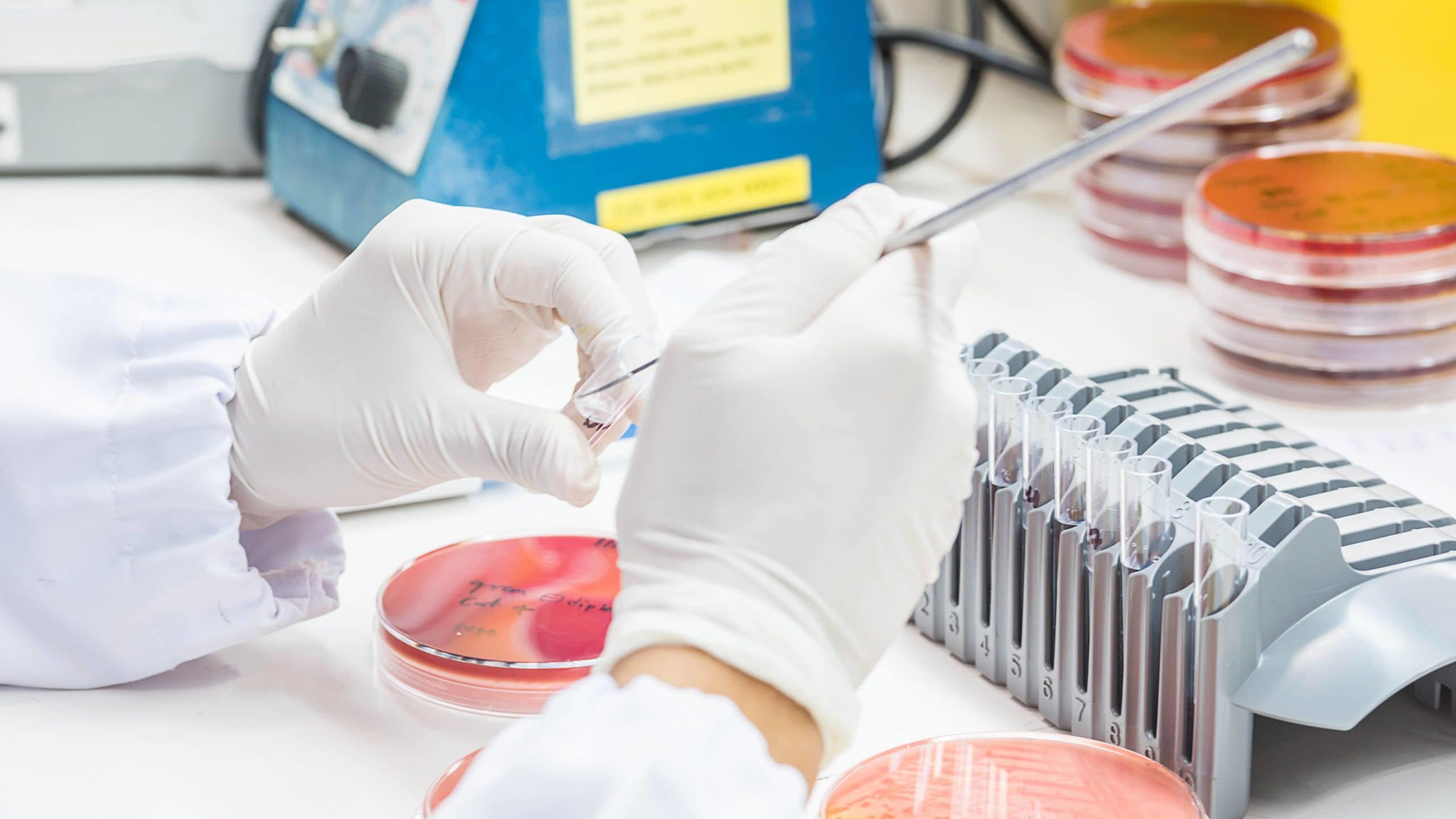Science may soon take a step forward in the battle against drug-resistant bacteria.
For critically ill patients, identification of an infectious bacteria can literally mean the difference between life and death. If an infection is misdiagnosed, or a bacterial strain is treated with an inappropriate antibiotic, the patient can suffer irreparable harm, including death.
According to the Centers for Disease Control and Prevention (CDC), approximately 2.8 million individuals in the US suffer infection with an antibiotic-resistant germ each year. Of those, approximately 35,000 die. Drug-resistant germs are a global problem that continue to defy our ability to control them.
Viral, bacterial, and fungal agents often adapt quickly to application of drug therapeutics to stop their advance. The initial discovery of penicillin in 1928 was followed by identification of bacteria resistant to the drug. As new classes of drugs are created, bacteria quickly adapt, leading to a cat and mouse game that we cannot win. As the healthcare industry works to reduce antibiotic over-prescription, scientists work on tests and treatments against those germs that have become drug-resistant.
When a patient suffers a serious or stubborn infection, time is of the essence to identify the infectious agent. At present, the quickest test available to identify a drug-resistant bacterium requires 24-hours. With a dangerous infection, that time frame can quickly give an infection the upper hand. In these instances, each passing hour reduces likelihood of survival by about seven percent.
A new blood test developed at Brigham Young University (BYU) appears to show promise in identifying drug-resistant bacteria in less than one hour. The research, published in by the Royal Society of Chemistry, is the result of a cross-disciplinary approach.
The test uses a novel technique for handling the blood sample. The blood is spun in order to isolate bacteria within the sample. DNA is identified and matched to known genetic markers of drug-resistant bacteria. These DNA matches are labeled and marked with florescence. The sample is then pushed through a channel on a microchip equipped with a uniquely-colored light to signal the presence of each specific drug-resistant pattern.
The technique, developed by professors in the fields of chemistry, molecular biology, chemical processing, and integrated optics, can test for three separate drug-resistant bacteria in a one-hour time frame.
Next steps include development of a one-centimeter chip that holds the tech on a disposable cartridge that can easily be used in a hospital. If successful, the test could provide a new weapon in the ongoing battle against drug-resistant germs.
Talk to our experienced medical malpractice lawyers in Washington, DC or Baltimore, Maryland
Consistently recognized in the highest industry ratings, Schochor, Staton, Goldberg, and Cardea, P.A., serves individuals and families injured by negligence and medical malpractice locally, and around the country. Contact us today or call 410-234-1000 to schedule a free consultation.

